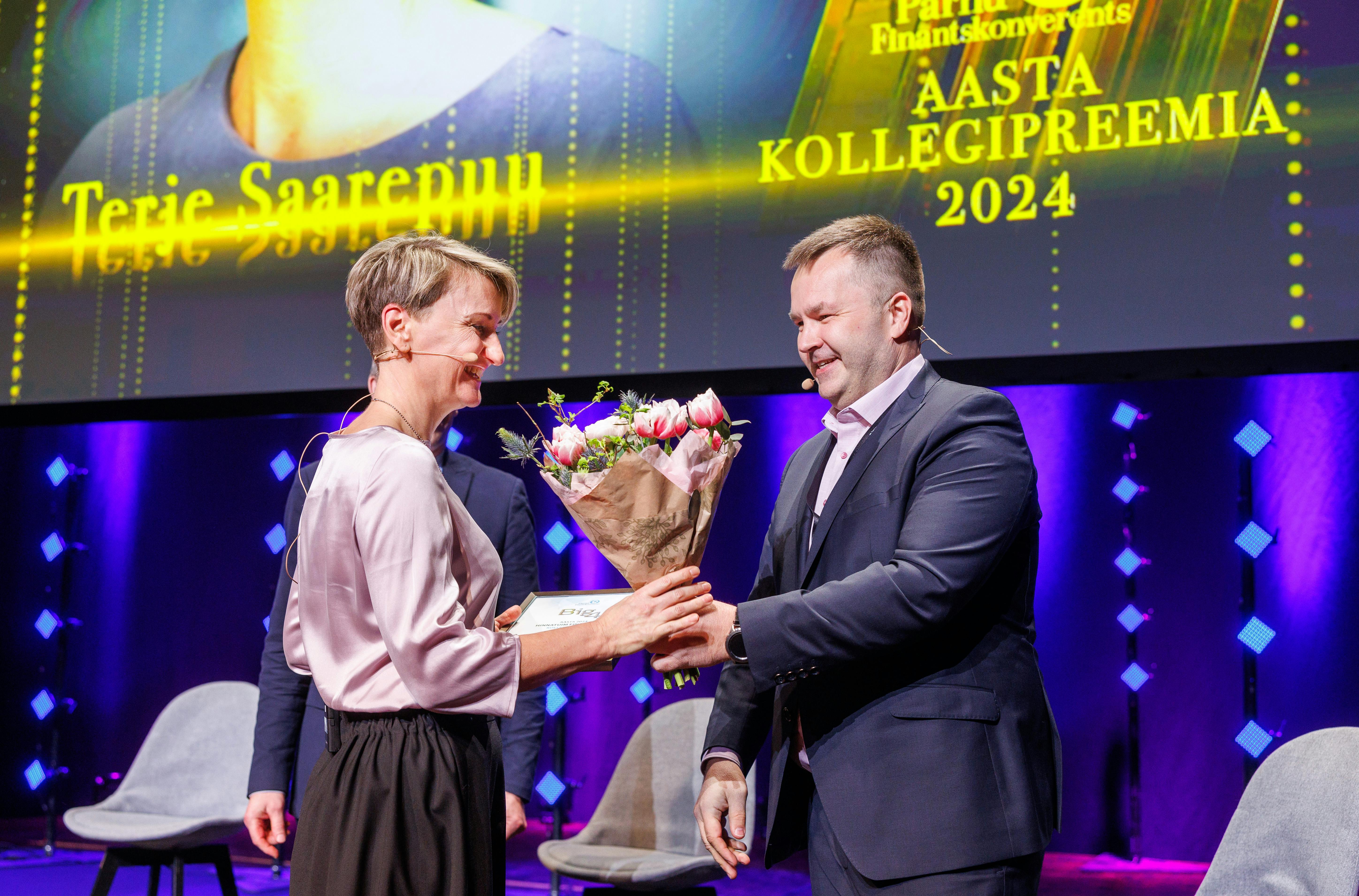Meliva
Unimedist ja Qvalitasest sai Meliva. Tere tulemast meie uuele veebilehele!
Broneeri aeg puukentsefaliidi vastasele vaktsineerimisele
Just nüüd on õige aeg alustada kaitsesüstimist, et immuunsus jõuaks puugiohtlikuks ajaks välja kujuneda.
Loe rohkemKülasta naistearsti regulaarselt
Naistearsti vastuvõtule on oodatud igas vanuses naised erinevate günekoloogiliste küsimuste ja muredega.
Kontrolli oma tervistKäi kord aastas hambaarsti juures kontrollis
Oleme Tervisekassa partner ja hambaravihüvitist saab kasutada kõikides Meliva hambakliinikutes üle Eesti.
Broneeri aeg hambaarsti vastuvõtule
Suurim üle-Eestiline katvus
Hoolitseme suurte ja väikeste inimeste tervise eest nii suuremates linnades kui väiksemates paikades üle Eesti. Meliva kliinikud asuvad Tallinnas, Tartus, Pärnus, Jõhvis, Põlvas, Võrus, Keilas, Sakus ja Kärdlas ning igale poole mujale jõuavad meie viis tervisebussi.
Tule meile tööle!
Ootame Meliva meeskonnaga liituma meditsiinivaldkonna spetsialiste, kes soovivad koos meiega panustada Eesti inimeste tervise ja rahulolu parendamisse.
2
avatud tööpakkumist



